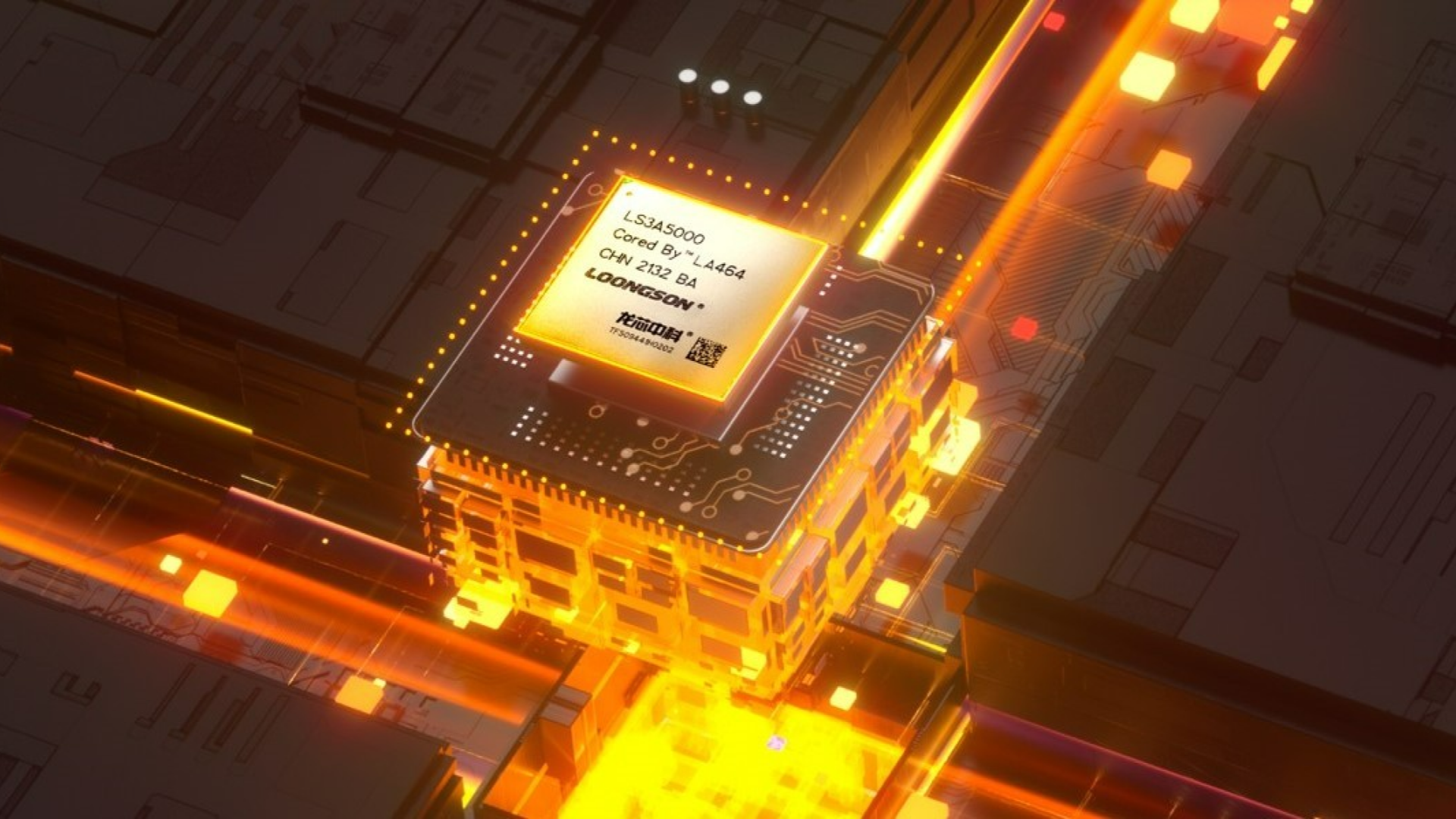
Chinese CPU and GPU maker Loongson is beginning its transition to 7nm in 2024, which will apparently provide a 20% to 30% uplift in performance (via Digitimes). Due to U.S. sanctions, the company's upcoming 7nm chips can only be fabbed in China — and although that might cost Loongson some performance and efficiency, it's still a win for China's native semiconductor industry.
Loongson is one of China's premier chip makers, offering both CPUs and GPUs. It currently makes 12nm CPUs (likely fabbed by Chinese foundry SMIC), and the upgrade to 7nm should boost the performance of the 3A7000 CPU by 20% to 30%. Development for 7nm chips will begin next year, and, since it takes a while to fully finish a chip, the final products probably won't arrive until 2025 at the earliest.
The company's latest 12nm-fabbed 3A6000 CPU seemingly has the IPC of Zen 3 CPUs, which is very impressive considering Zen 3 was a node ahead and made by a more veteran company. However, the 3A6000 is only a quad-core CPU, and since the 3A5000 was also a quad-core, it's looking likely that the 3A7000 will also have just four cores, which means limited multicore performance gains.
The company does offer larger CPUs for servers, and this is where 7nm might play a critical role. Like AMD, Loongson uses chiplets for its server CPUs, with each chiplet containing 16 cores. This newer 7nm process presumably provides greater density in addition to higher performance and efficiency, and more density means smaller chips or room for more cores. Loongson's 7nm server CPUs could either come with a ton more performance or become significantly cheaper to produce.
One thing that isn't so clear is where Loongson is fabbing its 7nm processors. It can't be a fab like Intel, TSMC, or Samsung due to U.S. sanctions, so that leaves just one realistic option: Semiconductor Manufacturing International Corporation. SMIC is China's biggest foundry, and it's rumored that Huawei is fabbing a 7nm (or even 5nm) smartphone chip at SMIC.
Fabbing its chips at SMIC might not be ideal for Loongson since 7nm chips in 2025 or beyond are far from cutting-edge, but it is yet another step towards silicon autonomy for China.







